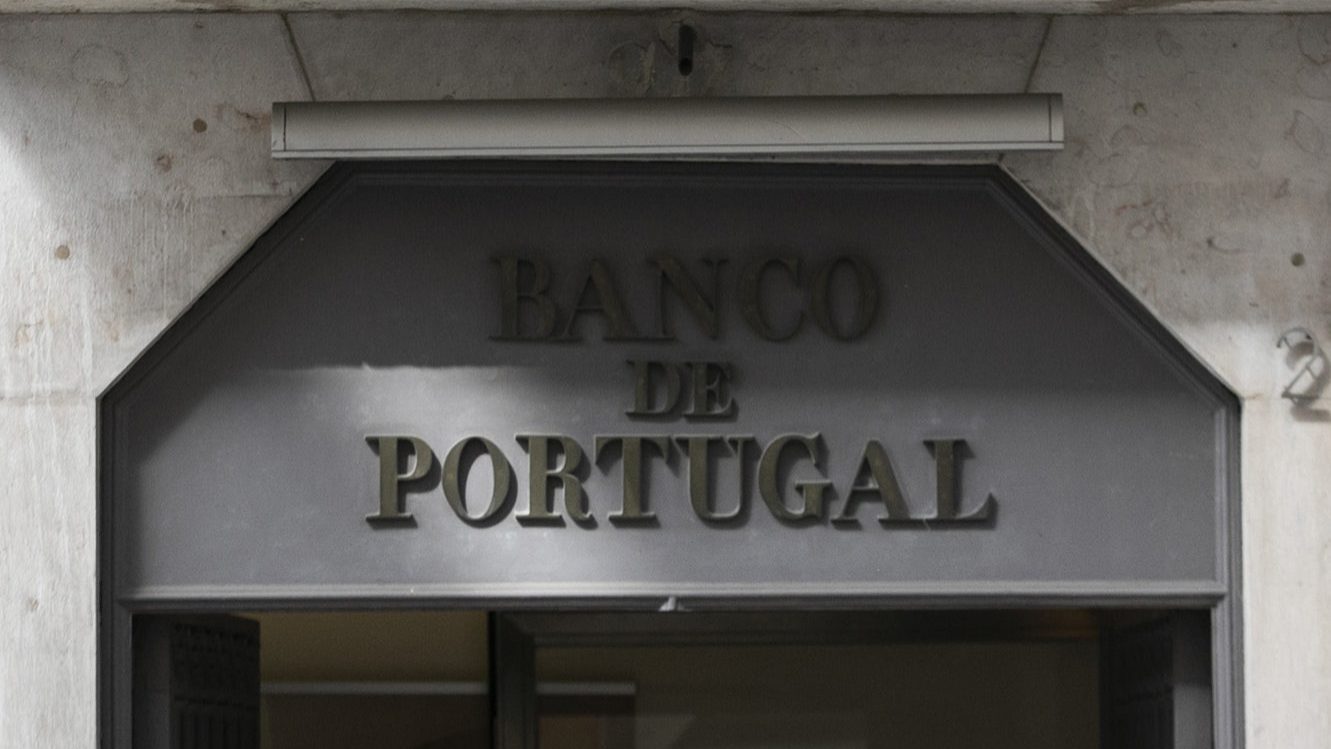Public debt rises to 120.3% of GDP in March
In the first month that Portugal implemented measures to curb the virus and its consequent economic impact, the weight of public debt in the economy increased again.
Portugal’s public debt reached 120.3% of GDP in March. In the first month of the pandemic, the weight of the debt in the economy increased again (putting an end to the downward trajectory) and reached nine-month highs, according to data released this Thursday by the Bank of Portugal.
The debt to GDP ratio increased by 2.6 percentage points, from 117.7% at the end of 2019. The nominal amount even fell back with the debt stock at the Maastricht level standing at 254,776 million (596 million less than in the previous month) due to the cash outflow from state deposits.
Assets in public administration deposits decreased by 1 billion euros, showing that Portugal is using the financial cushion. In this sense, the net debt of assets in government deposits went in the opposite direction: it increased by 430 million euros to 235,127 million euros.
Therefore, it was mainly the falling effect of the economy that punished the public debt ratio. The estimate of the National Institute of Statistics (INE) is that the Portuguese GDP contracted 2.4%, in homologous terms, in the first quarter of 2020. If confirmed, it will be the biggest fall since 2013 and it is almost certain that the government’s debt target will not be met.
Before the pandemic, António Costa’s Executive expected a decrease in public debt to 116.2% of GDP in 2020. However, the virus will change these calculations. The government has yet to update economic projections, but the International Monetary Fund’s (IMF) estimate is that Portugal’s public debt will increase 17.4 percentage points in a single year. This would increase to 135% of GDP.


